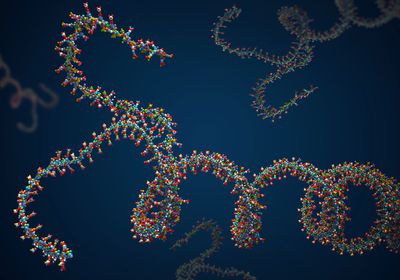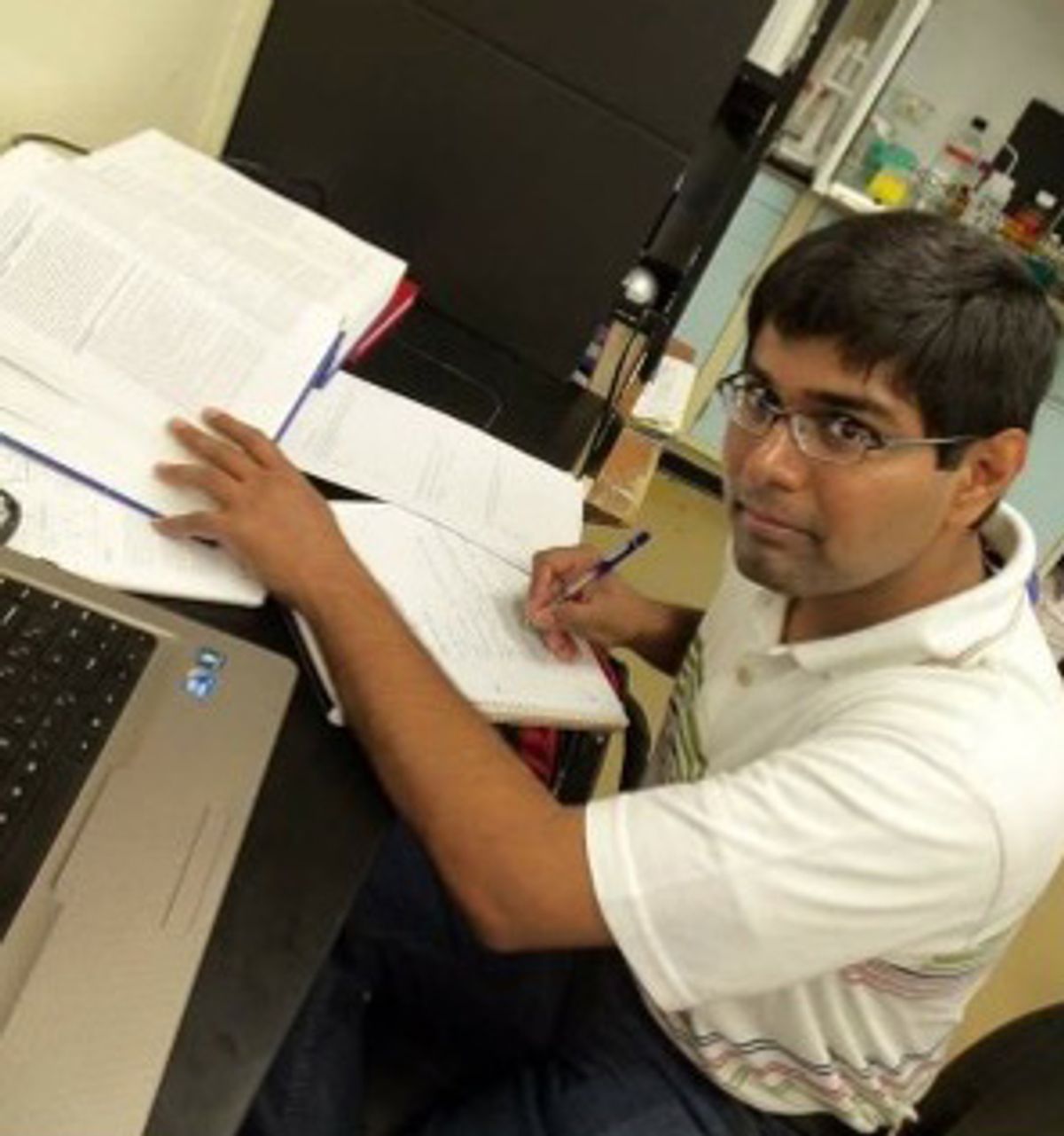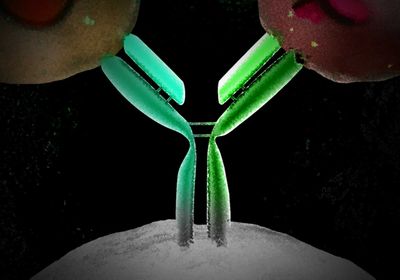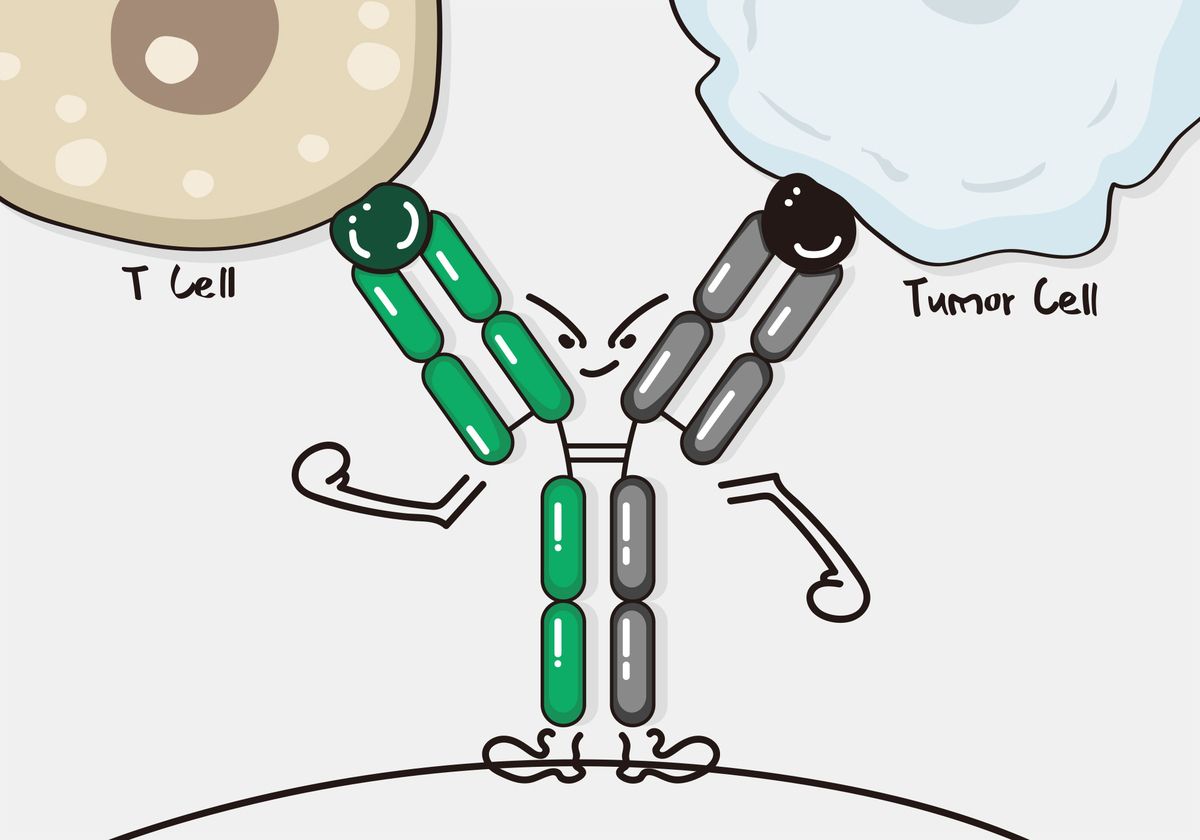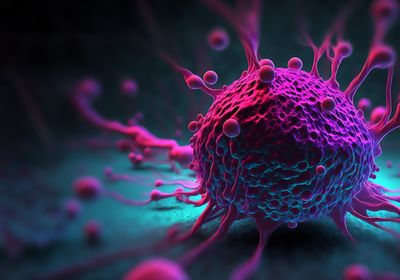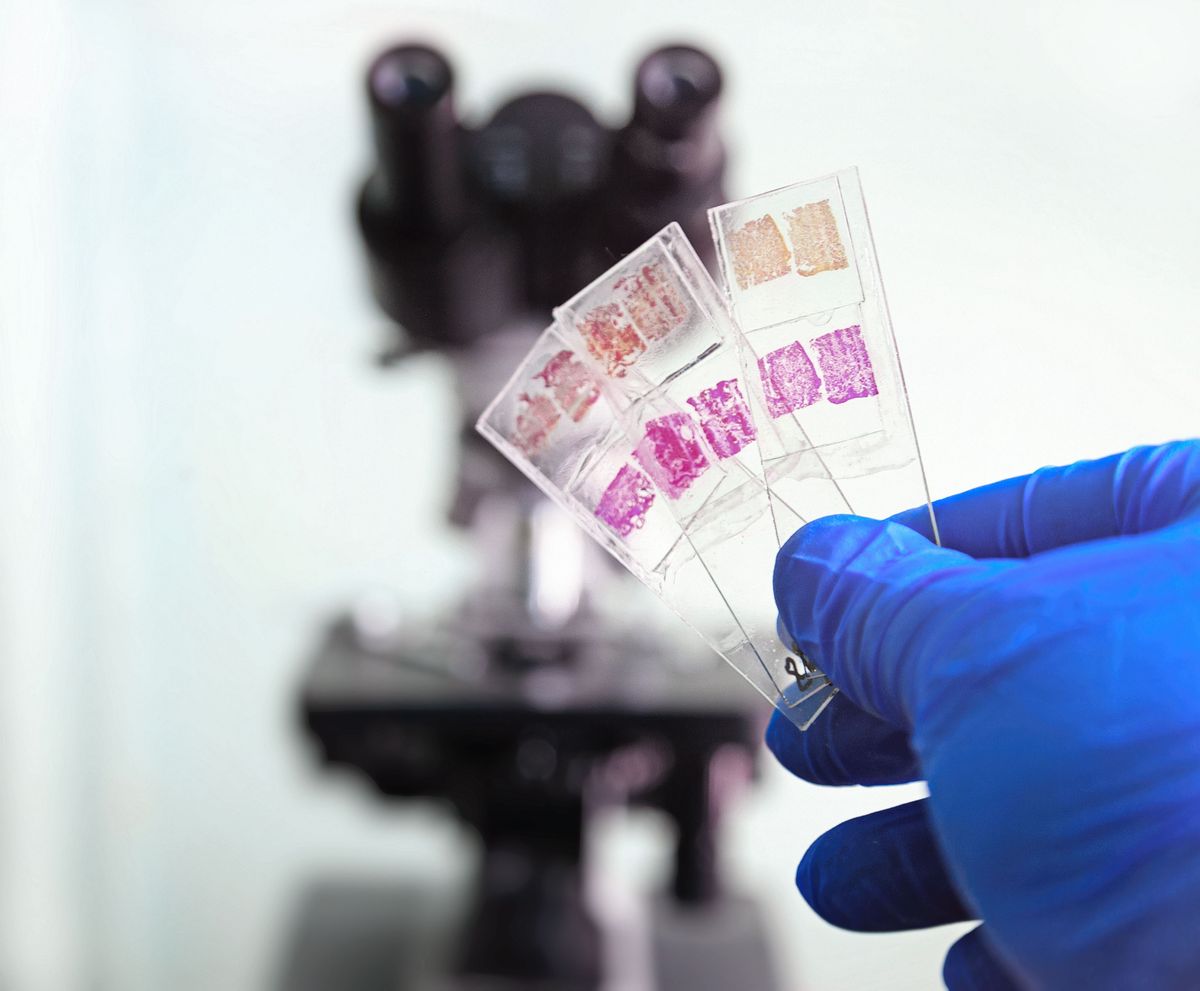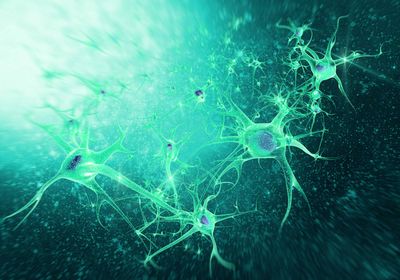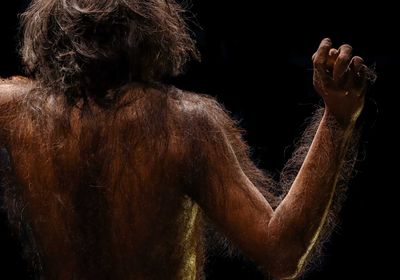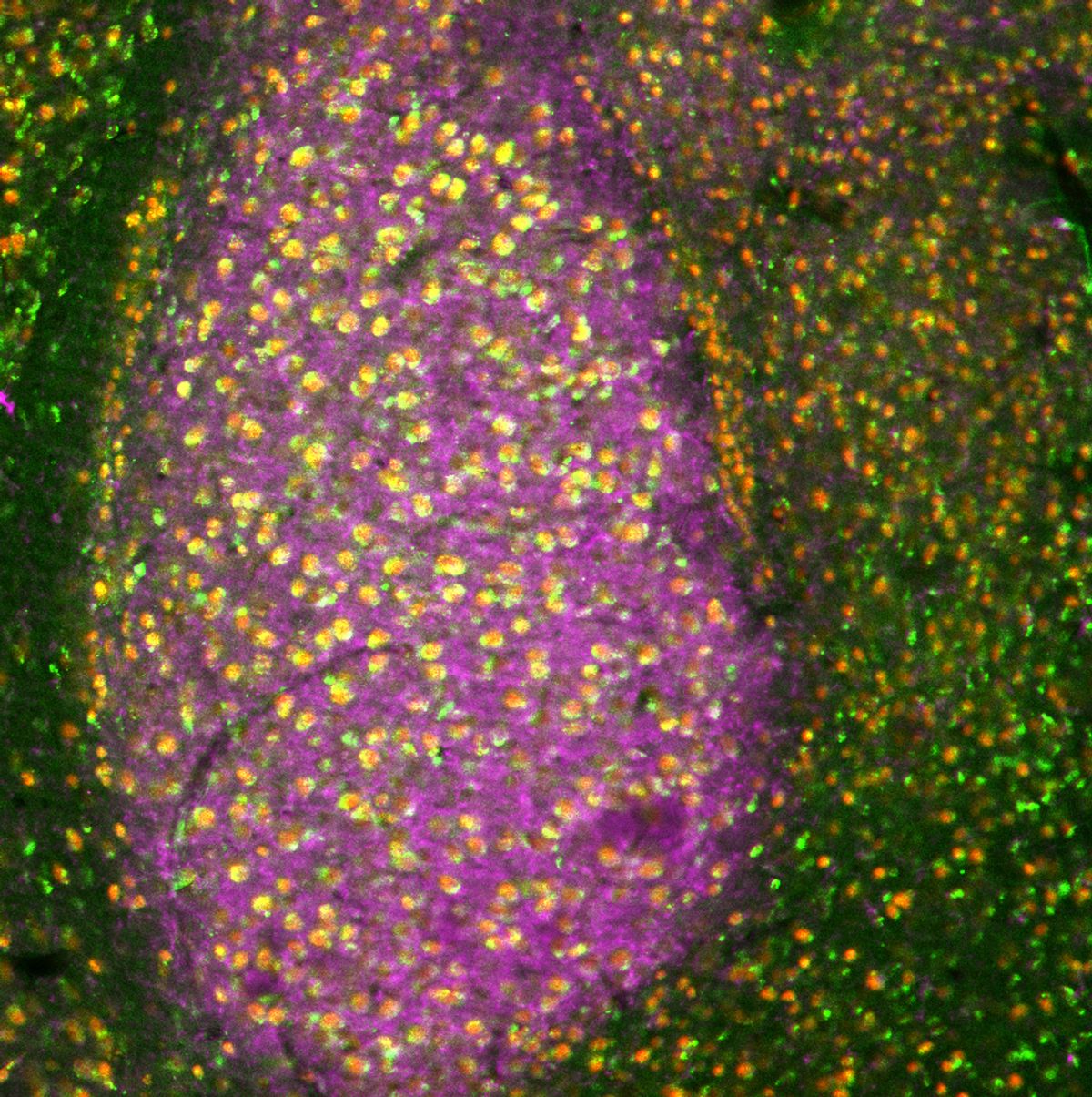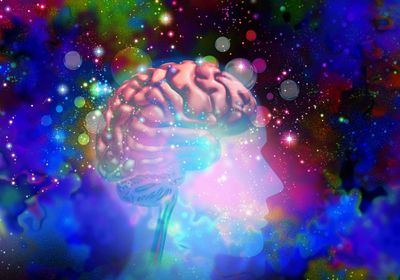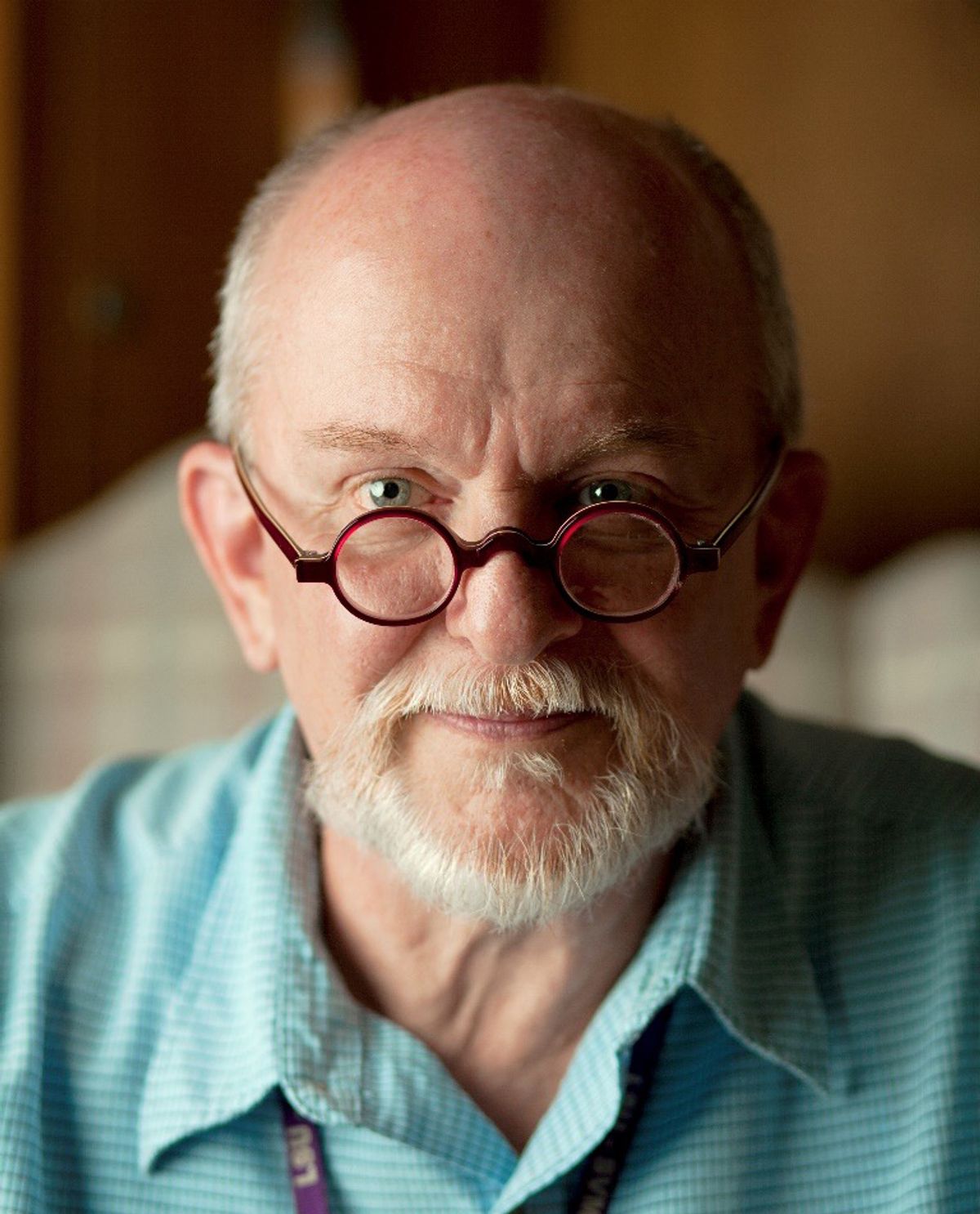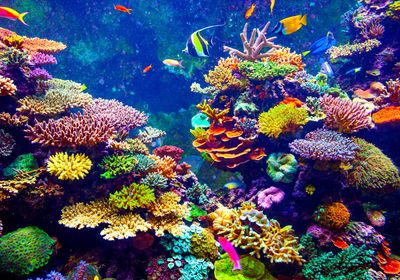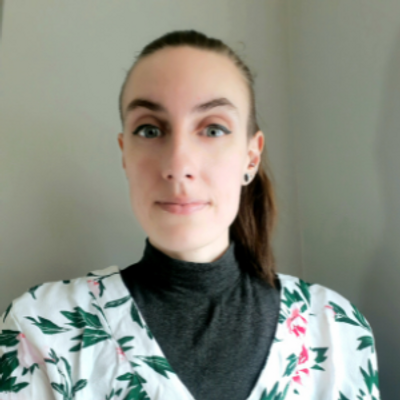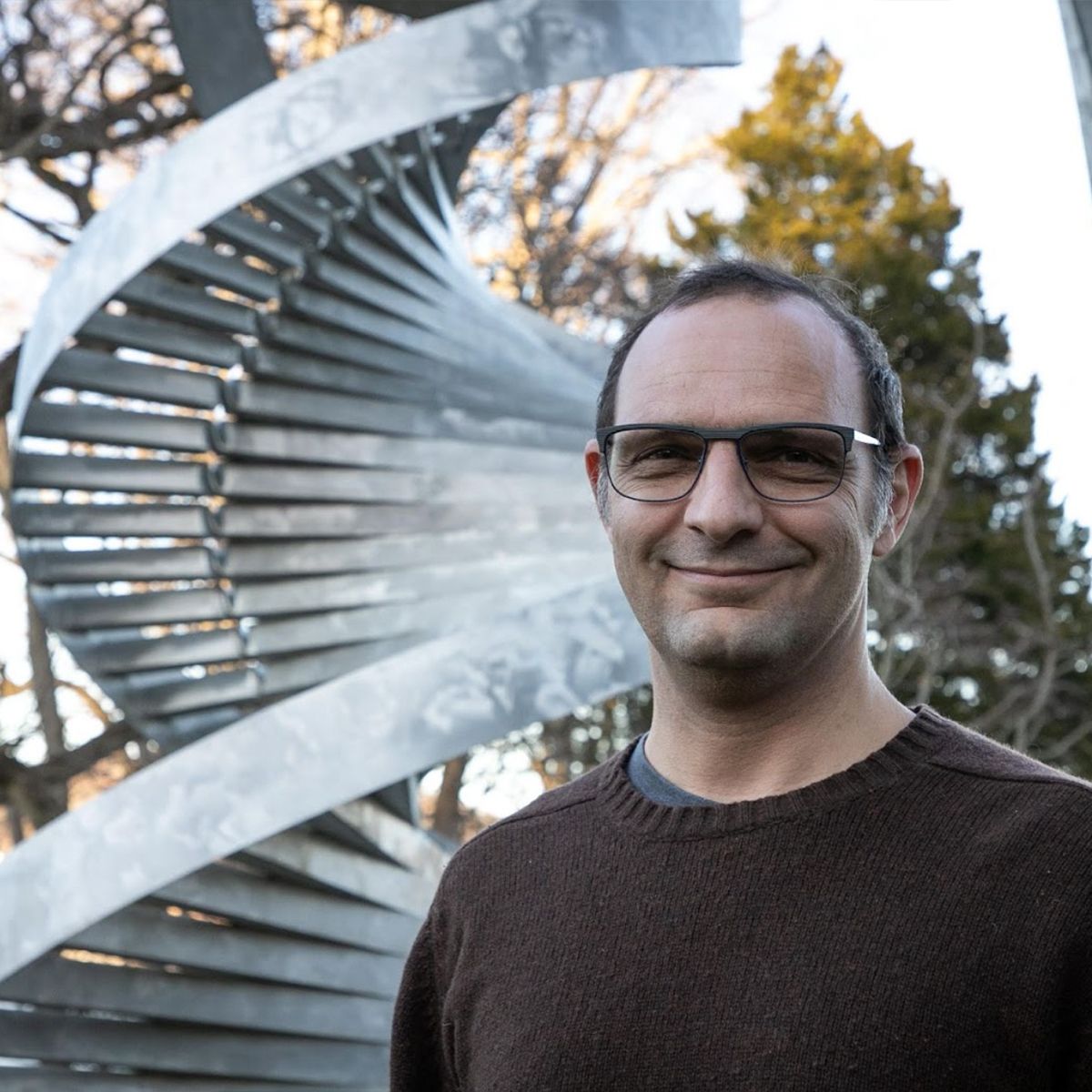Failing to Succeed
We must celebrate scientific failures not as precedents to anticipatory successes but for what they are: valiant efforts that didn’t work out.
In 1928, Alexander Fleming noticed a mold infiltrating his Staphylococcus bacteria culture plates. Fleming observed that the intruder inhibited bacterial growth and eventually found the causative antibiotic: penicillin.
This story of a serendipitous groundbreaking discovery from a mishap is an inspiration to all scientists. It offers hope that even if an experiment fails, something extraordinary may come out of it. While everyone needs this motivation to keep going on rough days, such success stories set unrealistic expectations of a strong comeback. A more realistic scenario is that researchers lose time, samples, and effort, with no compensatory gains.
Survivorship bias runs rampant in science. As journalists, we are privileged to cover cutting edge research and inform the community about seminal updates in life science. We report on the best publications and shine a spotlight on the study authors for their wins. These articles keep researchers motivated, informed, and excited about science, but reading only about successes makes them feel like the norm, even if these big advances are rare. This feeds the monster of imposter syndrome in an already frail “publish or perish” academic ecosystem wherein failure may feel shameful.
So, what can we do about it? Failing is normal, but we need to normalize talking about it. Sometimes scientists fail and then eventually succeed, and sometimes they simply fail to succeed. We want to normalize both scenarios. As a step in this direction, I am thrilled to introduce our new column, “Epic Fail,” which will provide an outlet for scientists to share their failures. In our first column, Gaurav Ghag from Gilead Sciences shared how he handled the disastrous realization that he had replicated a calculation error in an experiment over the course of four years during his graduate work.
Whether a doomed experiment became a stepping stone to success, remained a funny anecdote, or served as a lesson for personal growth, we want to hear about it! We hope to create a fail-safe space for scientists and foster camaraderie through commiseration. We look forward to your best failure stories.


